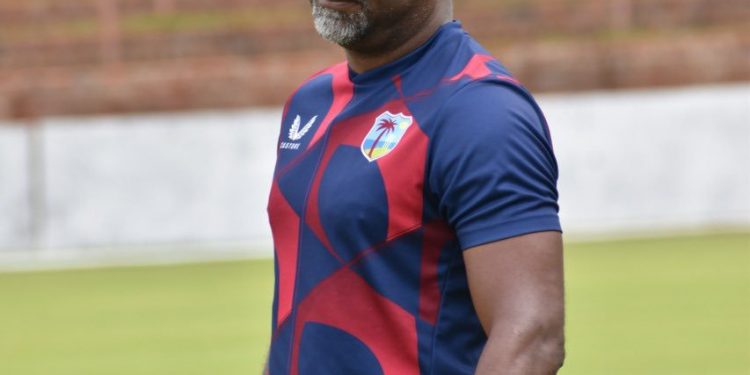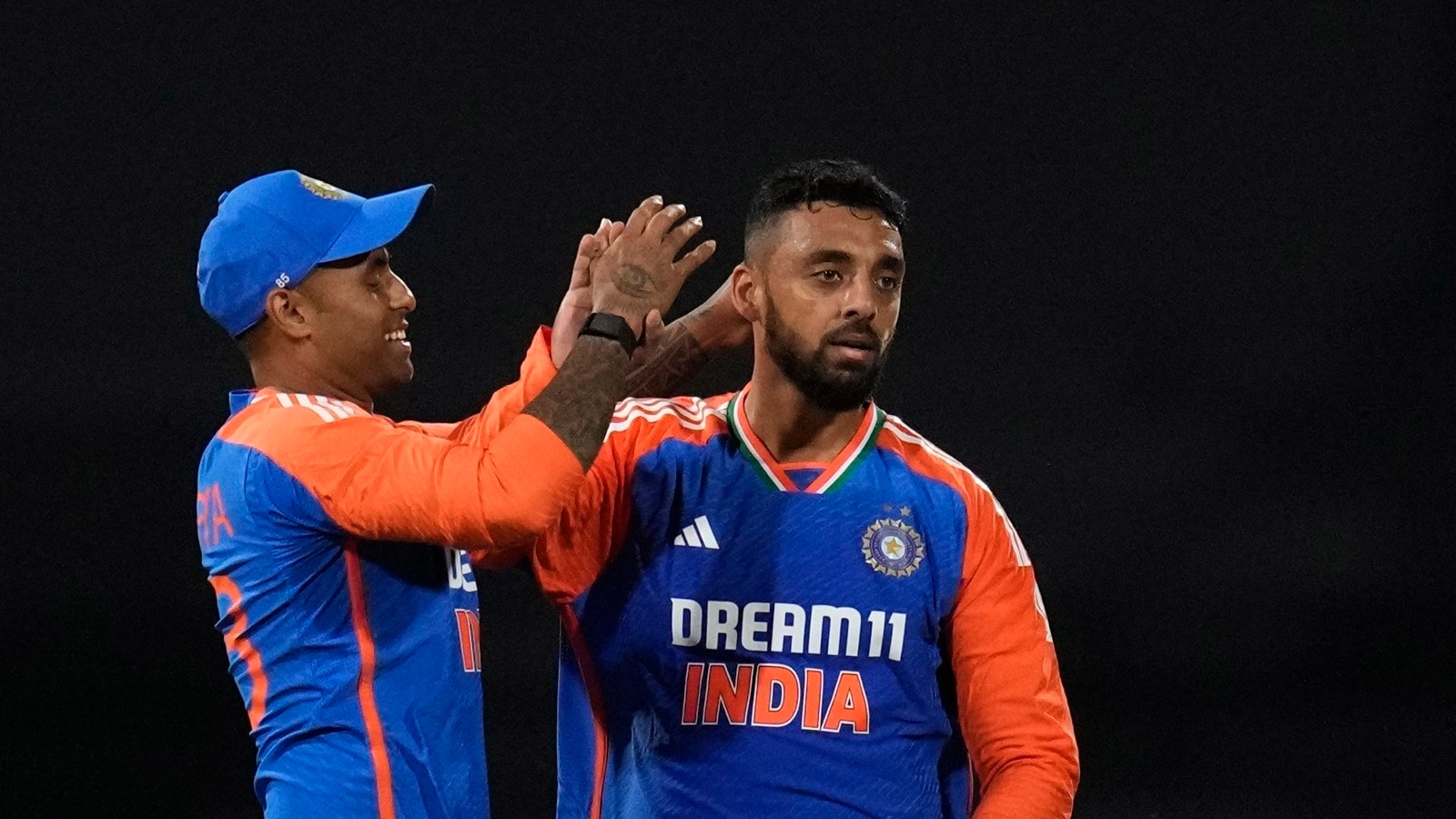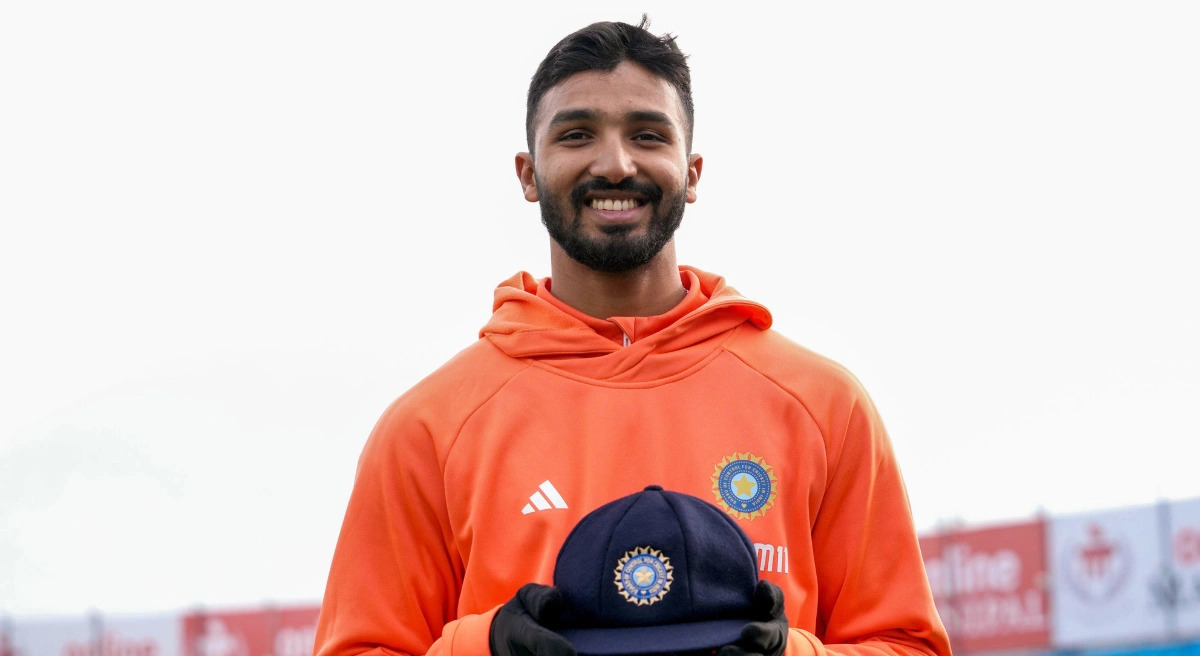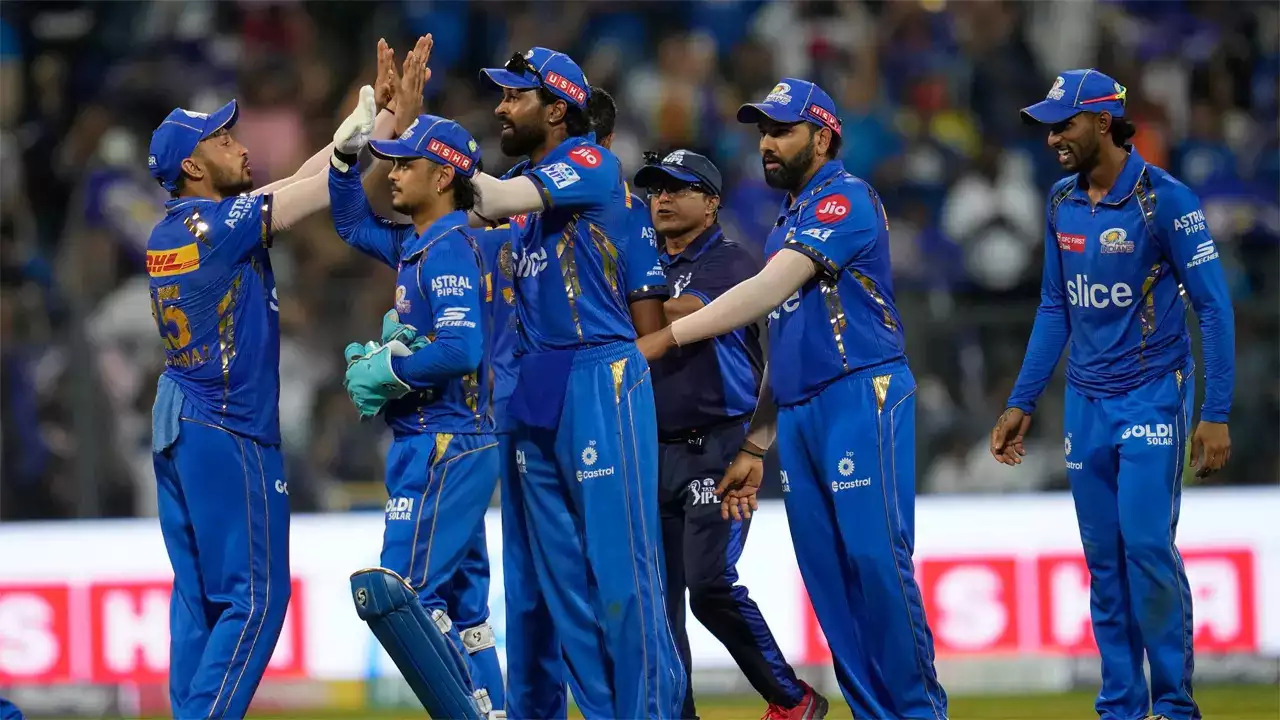At the storied Adelaide Oval, Australia and the West Indies‘ first Test in the two-match Test series has proven to be an engaging affair. With just four wickets in the bank on Day 2, the West Indies found themselves 22 runs behind Australia’s advantage after the first innings at Stumps.
Debutant Shamar Joseph showed off again on Day 2, scoring a five-for. But Travis Head’s brilliant 119 runs off just 134 balls helped Australia to a commanding 95-run lead in the first innings. In the second innings, Josh Hazlewood shone with four wickets, but the West Indies batsmen gave in to the unrelenting pressure of the seasoned Australian pacers.
Although the hitters’ aim was appreciated, West Indies head coach Andre Coley thought that some of the shot-making was dubious. A few batters from the West Indies were out while attempting to play release shots.
For some of them, the learning curve has been quite steep. However, if they were to take a step back and consider some of the criticism, it hasn’t been all that tough. It has been put to the test. According to ESPNcricinfo, Coley stated, “I think the challenge has pretty much been the consistency of the bowlers, who obviously have a wealth of experience in that Australian bowling attack, so their ability to stay patient, and there were times our batters played fairly well.”
“Our goal has always been to score, but it needs to be balanced with good decision-making since the ball has a lot more bounce. You also need to have a plan and be able to leave the ball more frequently. I felt that our intentions were generally rather good. There were times when our decisions seemed dubious,” he continued.
The initial strategy for Head was to basically cut him short right away: Andre Coley
When Coley got to the crease, he supported the West Indies bowlers’ ploy of bowling short to Head. Five of Australia’s top seven batsmen were out of the game after nicking behind longer deliveries. But as Head reached the crease, they veered off course, and Coley clarified that it was all part of their plan.
“The original strategy for dealing with Head was to basically come in behind him and shut him down, which is what we did most of the time under plan B. However, the bowlers were fatigued by the time he was set. However, I believe that we did our best to adhere to the plans, and overall, that was successful “added Coley.
For the West Indies in the first Test thus far, Joseph has been the star of the show. Coley claimed that following his remarkable performances in the West Indies, the young man provided precisely what they had anticipated from him. South Africa on tour A.
“You receive exactly what you see. Earlier, we had taken him to South Africa. He had pace, even though we knew he was inexperienced. He was naturally good at following a strategy and maintaining discipline around it. And he has carried it out. After the A tour, he was outstanding. In his maiden Test match, he demonstrated his abilities and claimed the most wickets during that tour, according to Coley.
The 49-year-old believed that the young players’ exposure to elite teams like Australia will only aid in their development. He did, however, voice his worries about the West Indies’ lack of red-ball matches coming up. Given the abundance of lucrative franchise leagues across the globe, he believed it would be challenging to inspire players to play Test cricket.
“The amount of Tests we actually play is the true problem. We usually play two-Test match series, barring a Test series versus England. Then, if you look at how our schedule is organized for the next two years, you will see that test series are sometimes spaced six months apart. Not much lies between them. Therefore, it really comes down to us attempting to close the gap in the situations in which we can, whether by arranging for further bilateral tours or even by trying to squeeze in A team tours that could aid in enhancing or expanding the players’ exposure “explained Coley.
Our current predicament is that we lack the financial stability to be able to give significant central contracts, so that will always present a hurdle. And over the course of the last six or twelve months, we have made a great effort to talk with the players more in order to arrange times when we can have our finest players accessible. However, I think that this is already a common issue and will only get harder. However, this is especially true for nations who might not be financially stable and don’t play a lot of Test cricket,” he continued.









 Win Projections to be updated soon
Win Projections to be updated soon



















